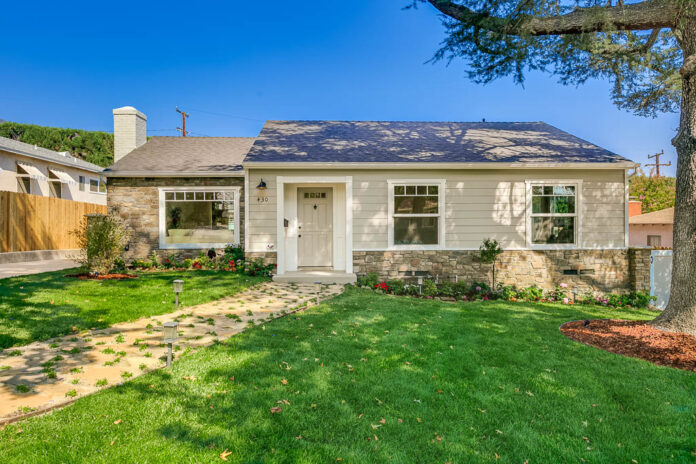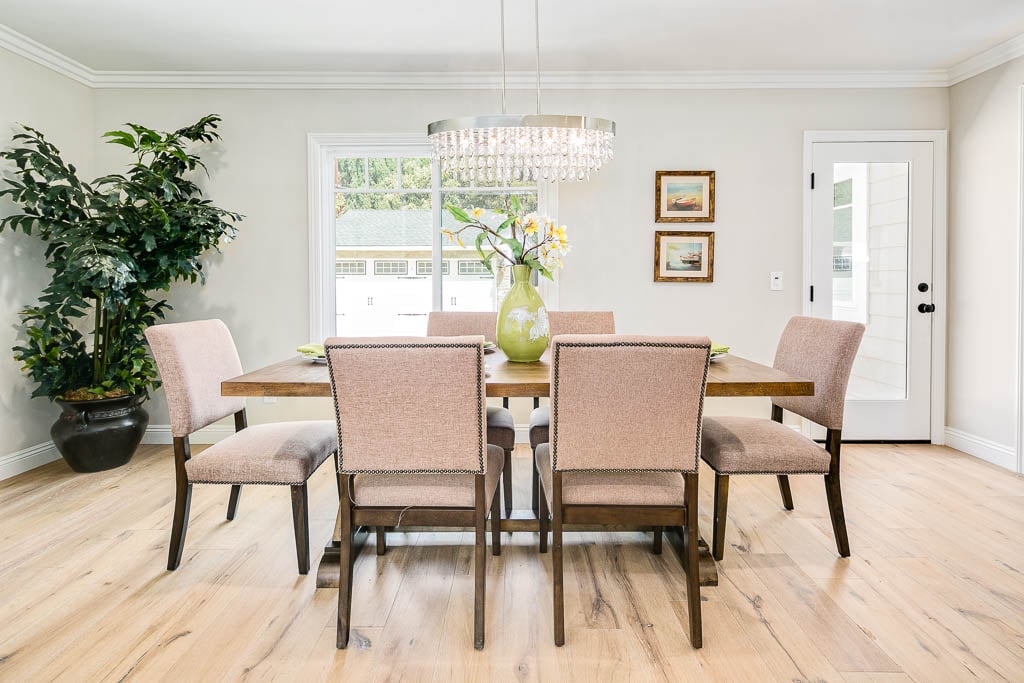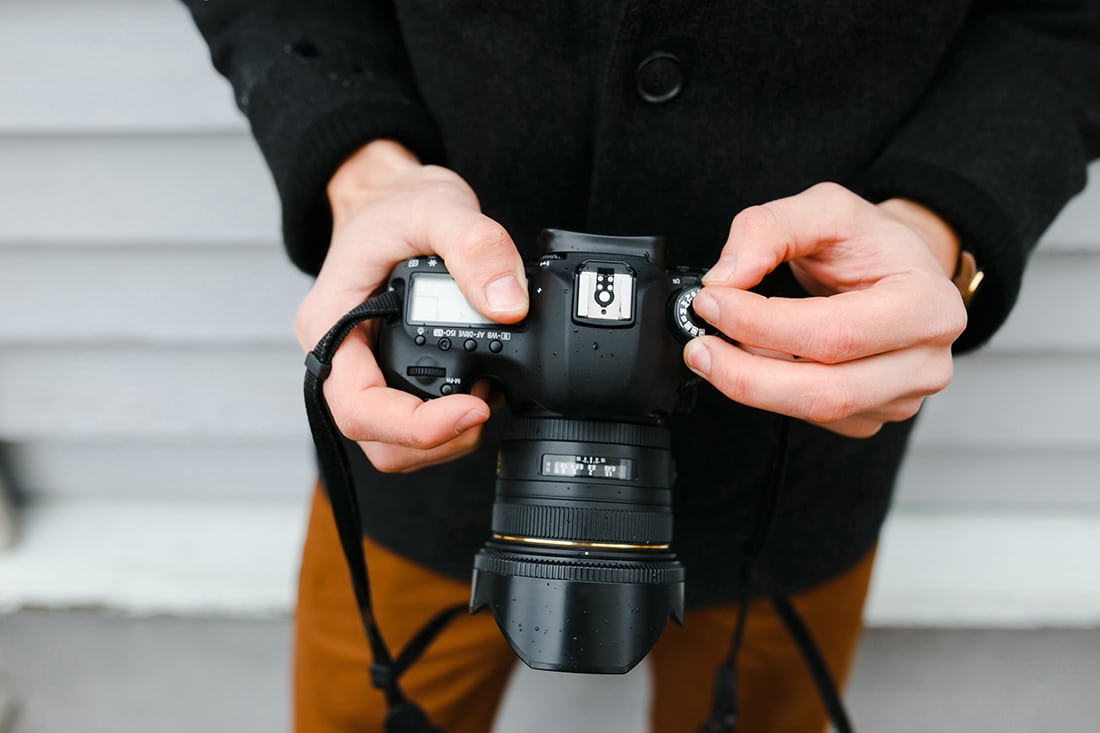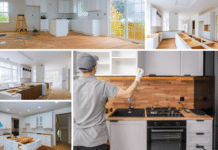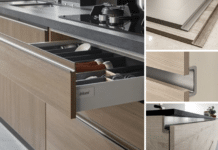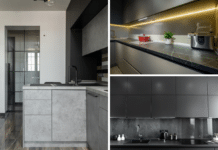You’ve seen those beautiful photographs of homes in magazines and online. You believe that your own home could appear just as impressive. You put much effort into maintaining it nicely but never thought of capturing it in pictures.
It certainly makes sense, though. With all the work you’ve invested, it would be nice to have a record of the results of your labor.
Of course, some situations offer more pressing reasons to have photographs of your home—like when you have to sell it.
Tips on How to Take Professional-Grade Photos of Your Home
So, since it could become necessary, look at some of these tips – they are designed to help you take professional-grade photos without hiring a photographer at correspondingly high rates.

A tripod is perhaps the most obvious and important tool for taking a quality photograph. It allows you to find a perfectly appealing composition by keeping the camera perfectly still.
If you’re using a camera phone, you can easily take many test shots, review them, and tweak your settings until the image is as close to your vision of perfection as possible.
If you have a dedicated camera, you may change the lens until you achieve the desired effect. Perhaps the furnishings in the room need some aesthetic adjustment.
Take your time. With a tripod, you are guaranteed wonderfully still images.
One thing to consider when taking shots is the distance between the camera and the ground. Aim to take low shots. It will help with the compositional consideration you’re trying to employ.
Basically, when the camera is positioned below eye level, the images produced will more closely resemble the professional pictures in magazines. Set your tripod to be about 40 inches from the floor and see how well those photos come out.
It doesn’t hurt to keep your camera straight and not at all tilted. When the camera is angled up or down, vertical lines in the picture can appear distorted, defeating the purpose of working to get clean pro pictures.
For a particularly powerful look, shoot straight into an elevation of a room (or building). The camera sensor should be in line and parallel with the subject. This technique produces a pleasing graphic.
The symmetrical balance centered on the subject gives the feeling of a firm and controlled stance.
If you’ve got gear, that’s great, but you don’t necessarily need to employ it all for this purpose. For instance, using a fisheye lens in this context is illogical.
It makes the subjects close in physical proximity appear even nearer, and things just further back appear distant and small. Basically, the look you’ll get is unnatural. Use a normal or wide-angle lens (if you can get one) for the best result.
Step back from the subject as much as possible, getting as much into the shot as possible. In this case, less is more.
You may not get everything you wanted in the shot, but you don’t sacrifice photographic quality. Everything appears uniformly proportional, and we feel natural in the room.
Most cameras, particularly the simple point-and-shoot variety, have better built-in settings for dealing with low-light situations.
So, turn off the flash; it will never be strong enough to light a room professionally.
That’s why photographers have all that bulky gear—just for lighting! Thanks to the tripod, you can have a long exposure that provides a natural, non-blurry image.
Now, in the unfortunate circumstance that you find the photos aren’t coming out good enough (and/or if you are a real estate agent), you may find it best to hire a professional photographer after all. They are generally readily available and competitively priced to get your business.
There are many uses and needs for the photos in a pro-selling capacity, and it’s important to fulfill them all quickly with little issue.
A picture says a thousand words; when a prospective buyer checks it out, each phrase must make your home as appealing as possible.
Though impossible in most facets of life, photography can make pictures appear even better than the real thing! You can use that to your advantage by bringing the best out of your home with a little visual artistry.

